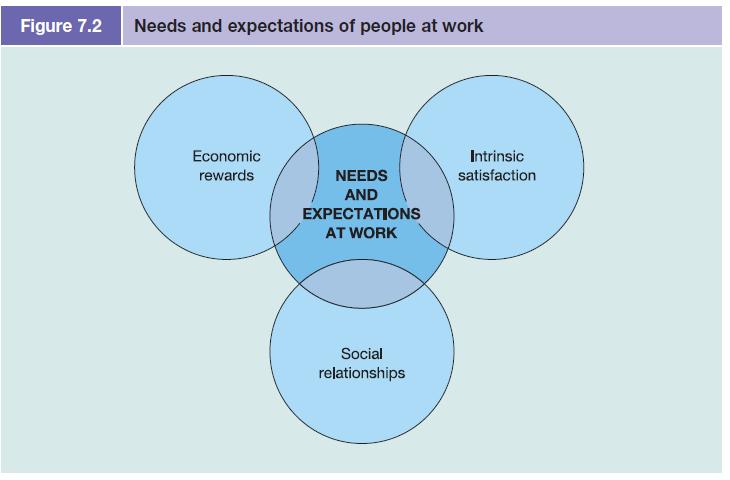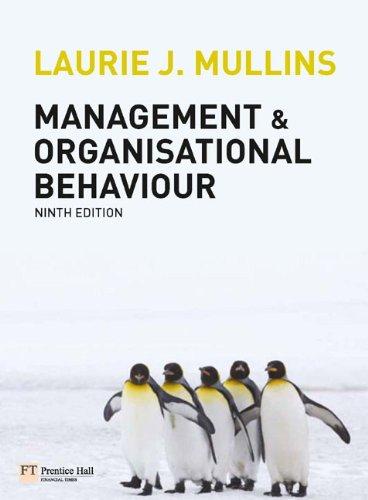Employee of the month (or the week, or the year) awards have a bad image. They are
Question:
Employee of the month (or the week, or the year) awards have a bad image. They are popularly associated with low-paid, low-status service sector jobs – a dollop of worthless recognition on top of an already low-value package. Implemented properly, they can be a valuable form of recognition that motivates staff, especially in today’s rewardconstrained climate. Handled wrongly, however, they can backfire and foster cynicism.
Stephen Carella, a team leader at Kwik-Fit Financial Services, an insurance intermediary, was its Employee of the Year 2008. ‘It was a goal I’d set myself at the start of the year,’ he explains. Once he had won six employee of the month awards, he knew he was in with a good chance. He adds: ‘It’s a great incentive and what really motivated me is the recognition you get. It’s a fantastic thing to put on your CV.’ Mr Carella was presented with his award at a dinner for 100 of the company’s top performers and their partners at Edinburgh’s Balmoral Hotel. He also received a cash prize of £10,000. ‘It was,’ he says, ‘the best night of my life.’
The scheme, explains Brendan Devine, KFFS group managing director, has been running for four years and is part of a complex structure of recognition. Each department has an employee of the month award, which accords privileges such as free food in the staff bistro, gym membership and parking. From these are drawn quarterly qualifiers who could make it on to a shortlist for employee of the year. ‘It’s part of an overall strategy to identify who top performers are,’ says Mr Devine, adding that at the dinner, the 34 departmental winners of the annual title also receive awards and £1,000. ‘In a way, the recognition is the most important part though – [the] reward goes beyond your pay packet.’
Ben Williams, a corporate psychologist, says such schemes can be valuable but cautions that they must be implemented properly. He says: ‘By and large they’re a good thing and encourage beliefs and behaviours the company might want to promote such as high sales or great customer care. In industries where people move round, they can encourage them to stay.’ However, he says: ‘You need to avoid a celebrity-like cult of the individual. Teams need to be considered together. If everyone’s a high performer, it can be divisive to only reward the single highest performer.’
There is also the vexed question of recognition versus material reward. The key is getting the underlying corporate culture right. If it is wrong, says Williams, ‘recipients can be made to look obsequious sycophants, like swots at school’. Still, no matter what you do, there will always be groups that are damning about such recognition: ‘That’s one of the reasons to give cash rewards – you get buy-in from the cynical brigade.’
But for all the organisations that take these considerations on board, there are still plenty that do not. ‘I was the best-performing employee of the quarter,’ says one salesman at another company, ‘and I went up on stage and was given a £20 M&S voucher – which makes you feel a bit like a monkey performing for bananas.’ He spent his voucher on strawberries and a few months later he won employee of the year. Soon after he left the company.
Discussion questions
1. What evidence is there in the article that employee award schemes can help meet the needs and expectations of people at work outlined in Figure 7.2?
2. Explain which two motivation theories you think are most useful for a manager who is planning an employee award scheme both to decide what to include in the scheme and what to avoid.
Step by Step Answer:

Management And Organisational Behaviour
ISBN: 9780273728610
9th Edition
Authors: Laurie J. Mullins, Gill Christy





